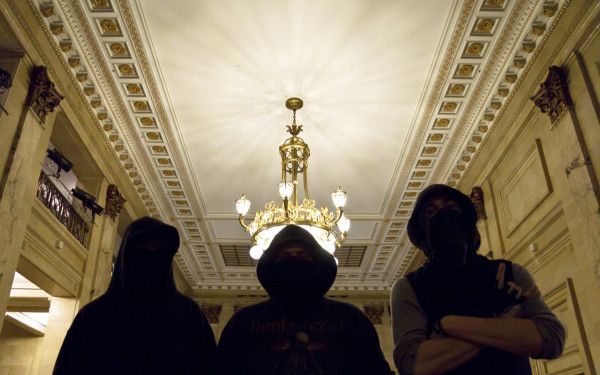Editorial
The Turcot Split City Hall
The cross-party cooperation that has lived impassively in Montreal’s city hall for the past year has ended. Richard Bergeron has quit the city’s executive committee and the mayor’s approval ratings have never been lower.
The leader of Projet Montréal had been placed at the head of the city’s urban planning department after Mayor Gerald Tremblay barely held onto power in the November 2009 election. The plan made sense as Bergeron clearly had an eye for improving the city’s urban makeup.
With the partnership, a spirit of cooperation was supposed to prevail as Montrealers had clearly delivered a mixed verdict on the leadership in Old Montreal. Suddenly, that leadership has never seemed so isolated.
The breaking point, as everyone in the city is now aware, was the Turcot Interchange. A mass of sprawling and soaring concrete in the city’s South West borough, the Turcot carries most of the city’s traffic that goes north, east, south or west.
The current structure, finished in 1967, is in need of replacement. The interchange’s concrete is falling off in clumps, lane closures are a daily occurrence and strands of rebar poke through at random intervals.
Quebec’s Ministère des Transports wants to build a bigger version of the Turcot closer to the ground. Projected to cost $3 billion, the new Turcot would carry more cars and require the demolition of more of the neighbourhood of St. Henri, only now recovering from decades of disrepair.
The MTQ’s plan makes sense for the Quebec-based ministry, as it would create more room for cars, theoretically reduce traffic congestion and create a reason to add more jobs to the existing bureaucracy in the national capital.
The problem is that those who would be most affected by the highway interchange—a mundane structure that would not attract nearly as much attention if it were not so monumental—are vehemently opposed to the project.
Until recently, so was the mayor.
In April, the mayor had supported a smaller interchange that would reduce the physical size of the existing structure, transport fewer cars into the heart of Montreal and emphasize public transit. The mayor has now reversed his support.
What this reversal says about Tremblay might explain his approval rating of 18 per cent, the lowest it has been in the mayor’s scandal-ridden nine years. While voters knew they were electing a boring account without a vision for the city, they were prepared to settle for a man who would vote in the best interest of the city.
A massive new infrastructure project 50 years out of date and with a payback period of 50 years is not in the best interest of Montrealers, whether they be motorists or commuters.
When Bergeron raised the objection of his constituents, he was told that solidarity was more important than common sense. The Projet Montréal leader was elected to support the latter.
Now sitting in the opposition, Bergeron can go back to breaking the mayor’s solidarity in council and calling in question the bad decisions being made in our halls of power. Maybe he can get to work refining his vision for the city while he’s at it.
The big question is, can Tremblay hold on until 2013?
—Justin Giovannetti,
Editor-in-chief
This article originally appeared in Volume 31, Issue 13, published November 9, 2010.


_600_832_s.png)


_600_375_90_s_c1.jpg)

_600_375_90_s_c1.jpg)